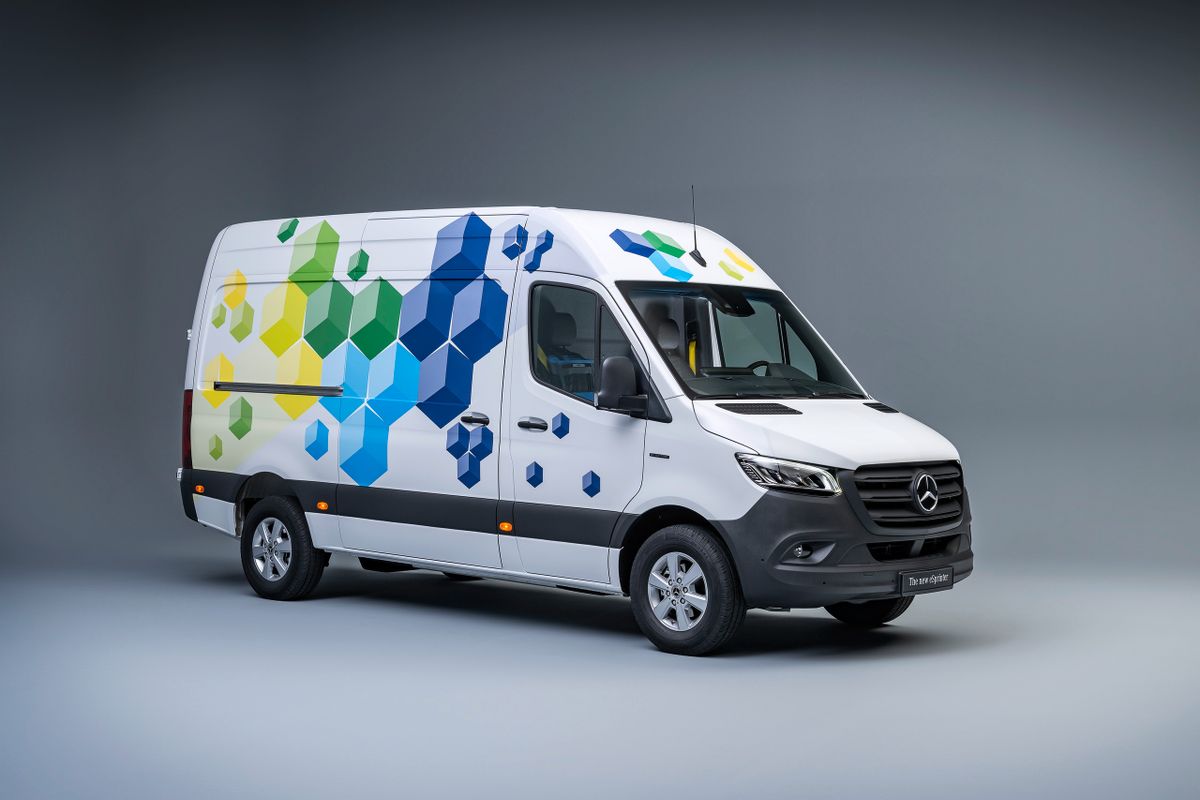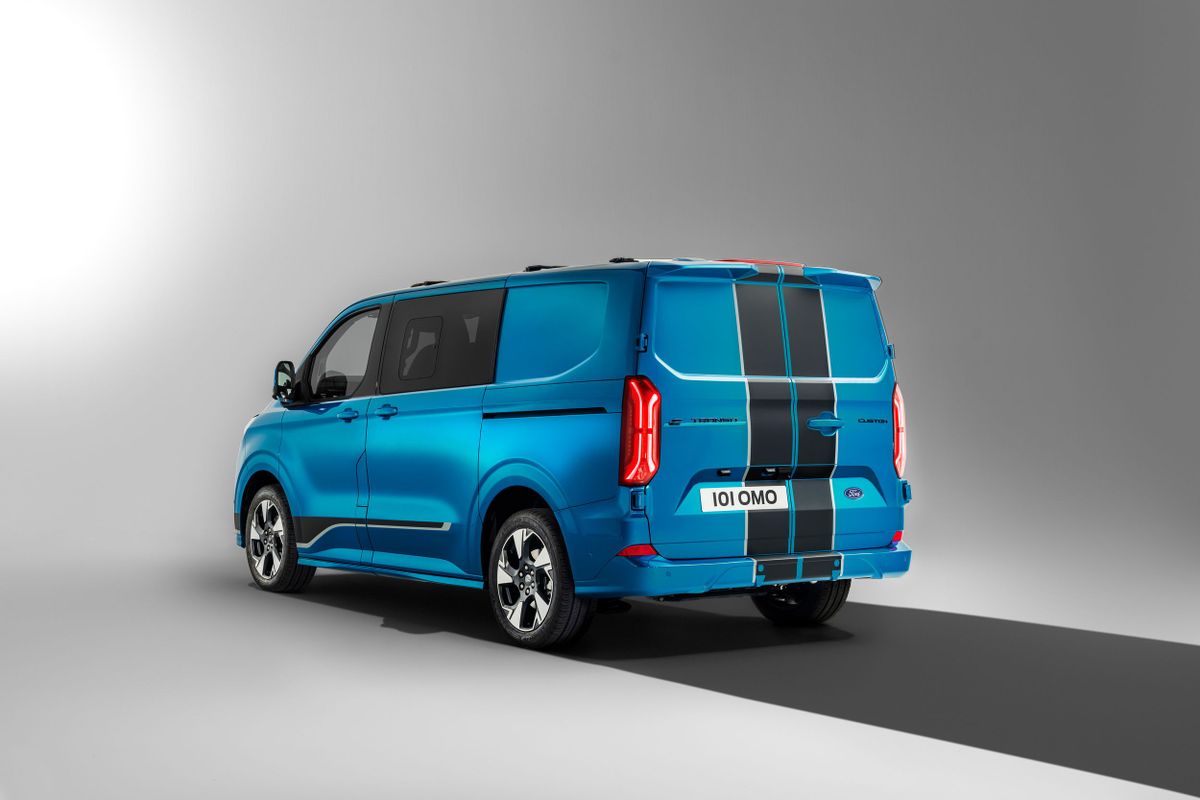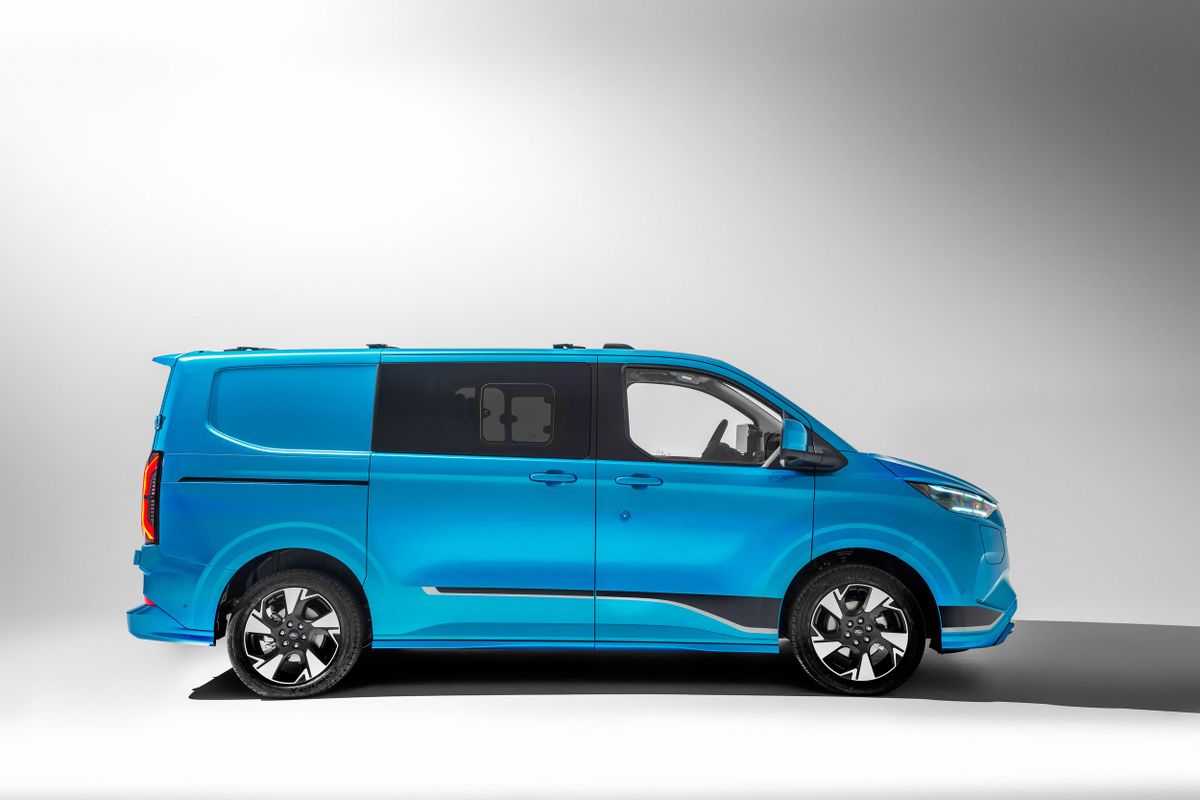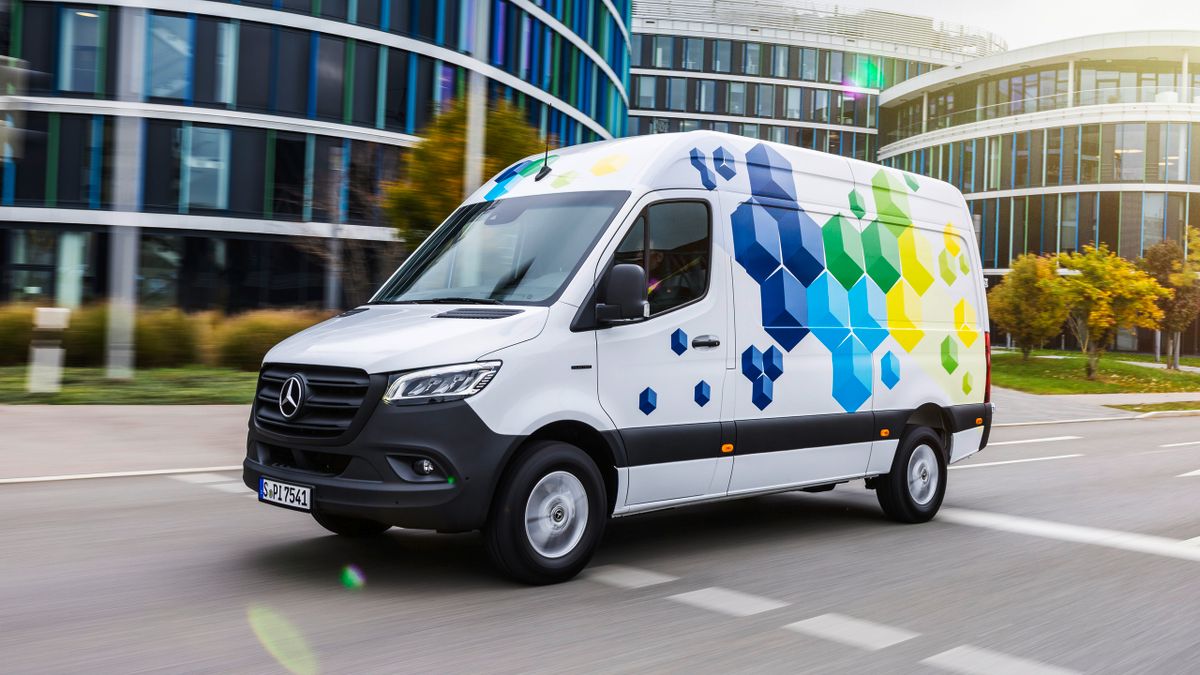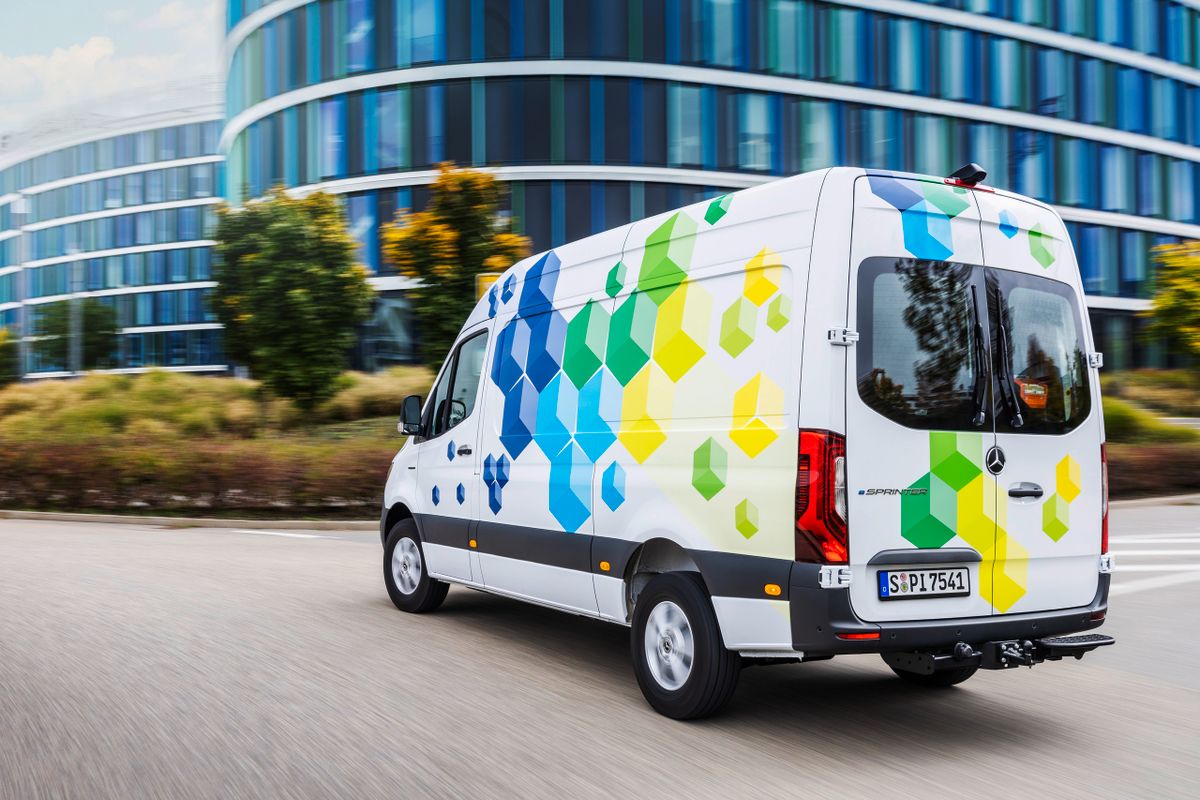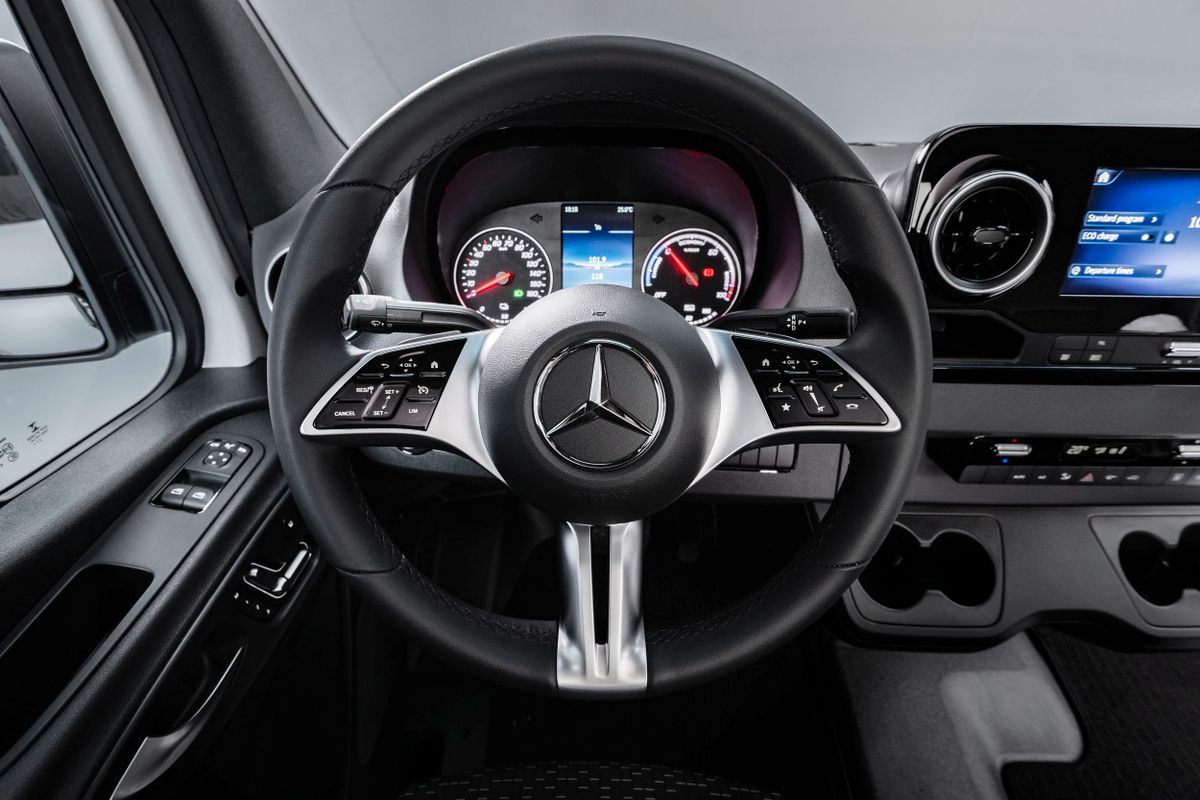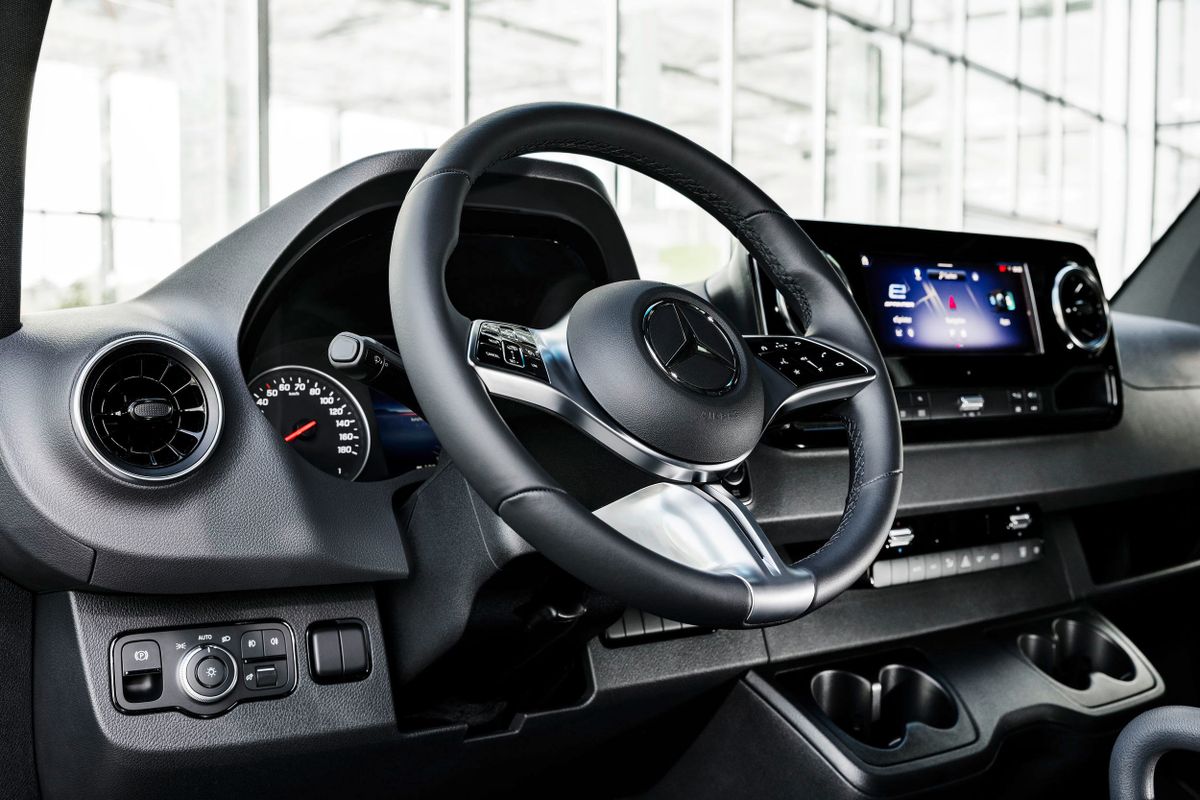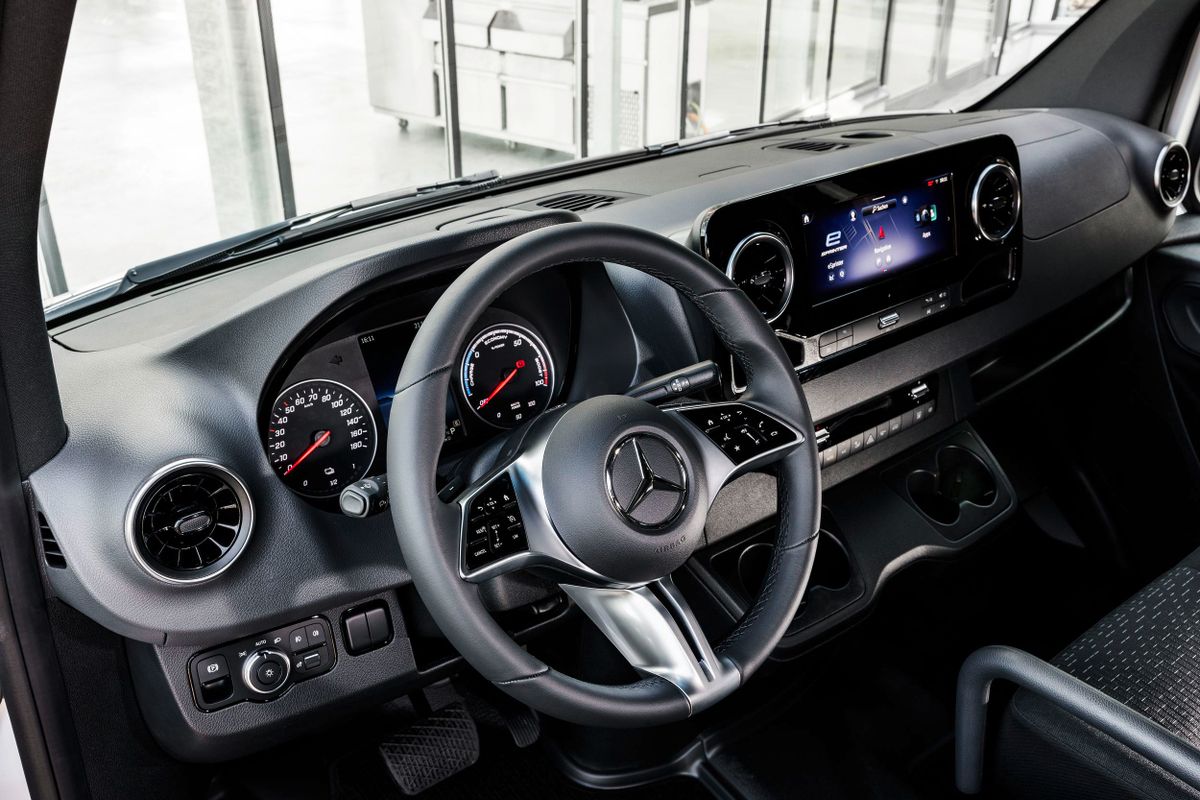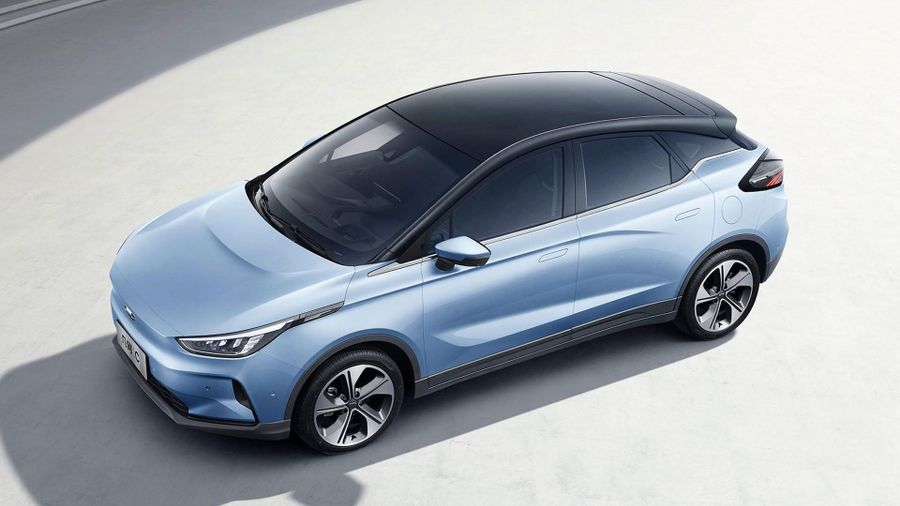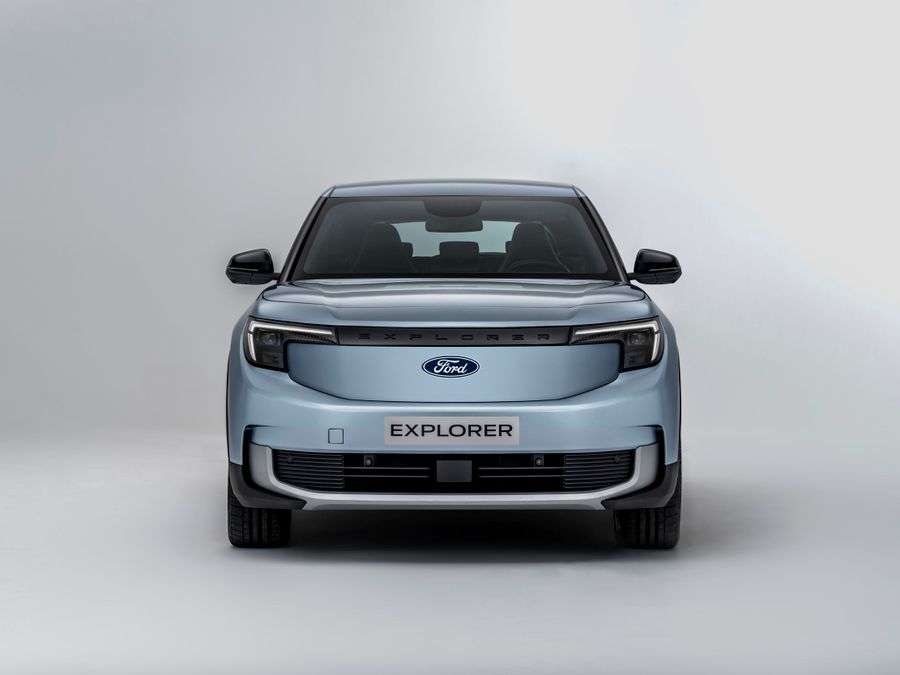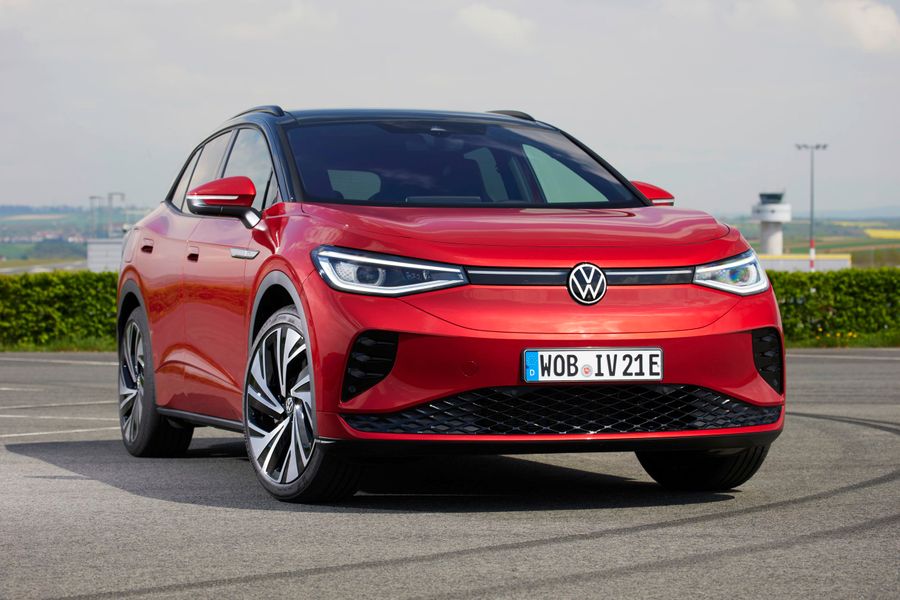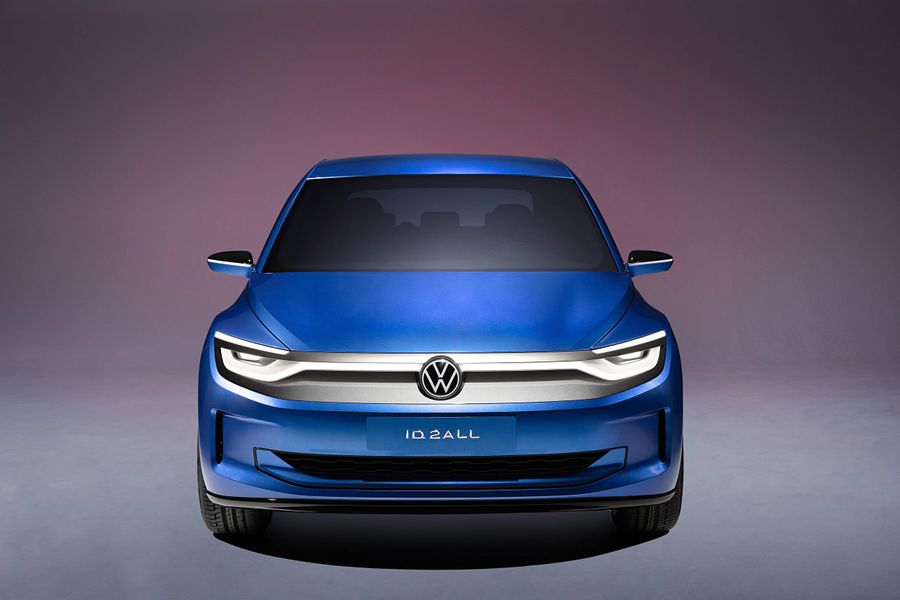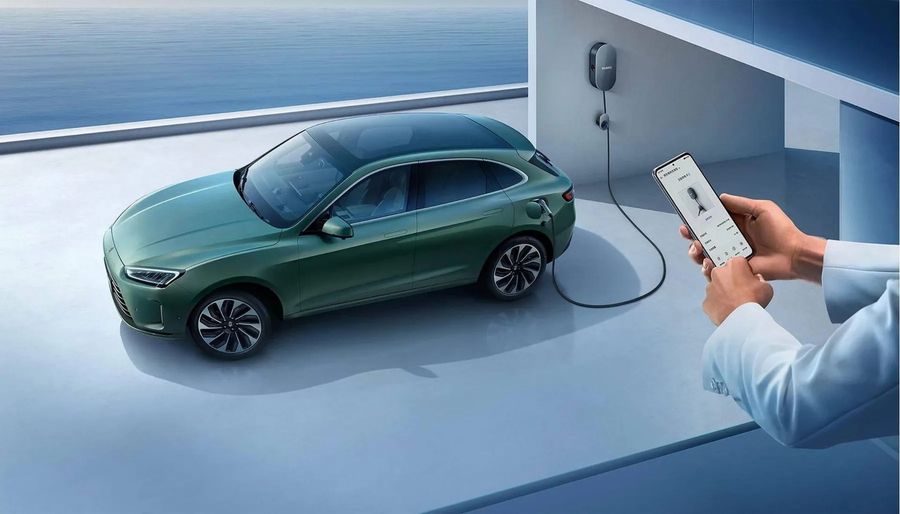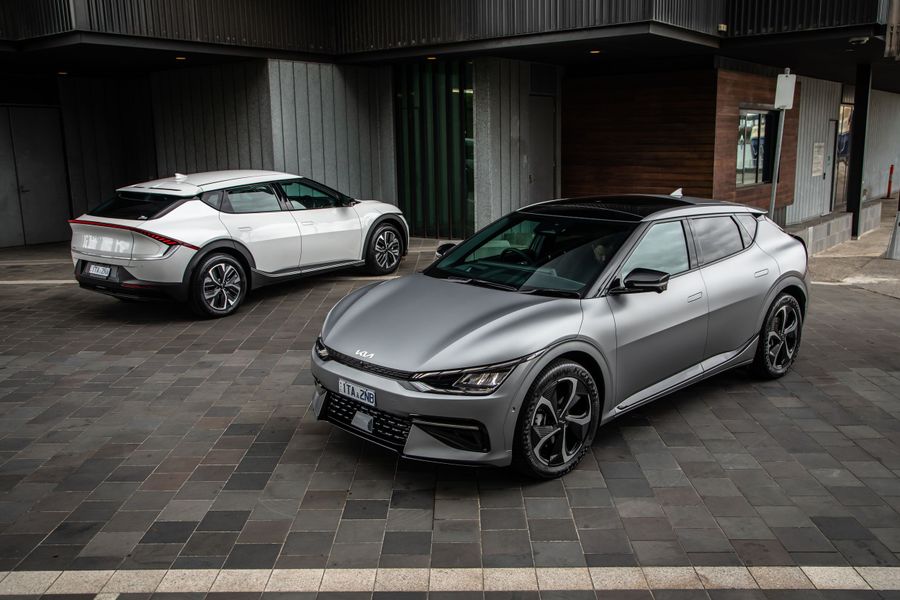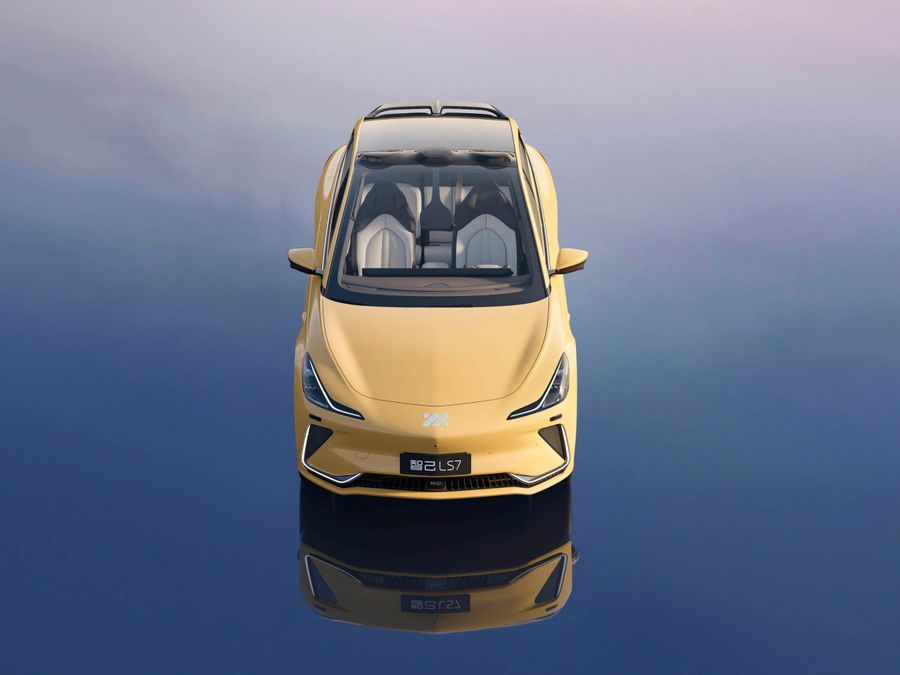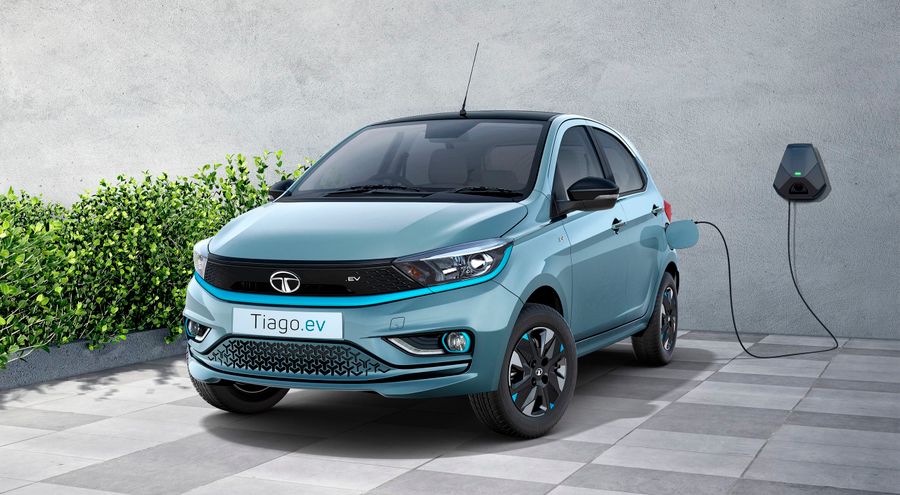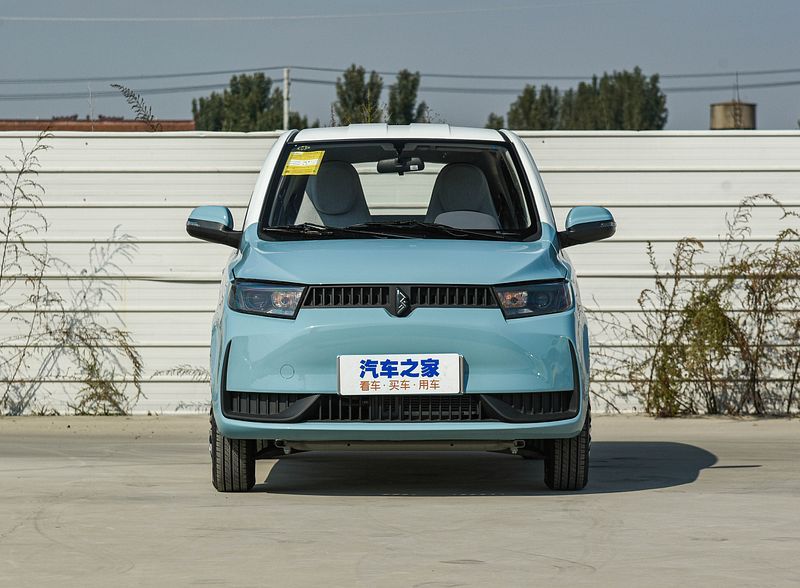
Mercedes-Benz e-Sprinter. In anticipation of a new generation in Israel
The electric Mercedes-Benz e-Sprinter was introduced in 2019 as a version of the Sprinter commercial van. The new electric van did not compare favorably with the diesel version: a limited driving reserve, only 115-168 km, one electric motor on the front axle with a capacity of 115 hp and limited payload of 891-1,045 km. In the second half of 2023, the manufacturer will launch the production of the next generation Sprinter with an electric motor, and now it promises to become much more interesting. Firstly, for the first time it will be produced in the USA, in the city of North Charleston, South Carolina. Whereas the current generation eSprinter is produced only in Germany. Secondly, the future Mercedes-Benz electric van promises to become more powerful, will receive a choice of three batteries of different capacities and will offer better driving range and payload. Moreover, at the end of 2023, we hope to see the new generation Mercedes-Benz e-Sprinter in Israel, as it was announced by Colmobil, the official dealer of Mercedes-Benz in our market.
A modest driving range is the main obstacle to a massive transition to electric vehicles in the LCV segment: there are dozens of models on the European market, but all of them are focused mainly on intra-urban delivery and near suburbs, and long haul transportation is still carried out by "hydrocarbon" trucks and vans. For comparison, the Fiat E-Ducato and its clones from Stellantis Corporation can drive up to 370 km on a single charge, the Ford E-Transit Custom can drive up to 380 km, the Ford E-Transit van offers a range of 317 km, the Renault Master E-Tech drives up to 208 km, and the VW e-Crafter/MAN eTGE up to 115 km.
Exterior
It is known that the new Mercedes-Benz e-Sprinter is based on the Electric Versatility Platform. In addition to the passenger version and cargo van, it will also be produced as a stake-bed truck, refrigerator and ambulance. Mercedes-Benz has invested 350 million euros in the development of the new EVP platform. In each of the three assembly sites (two in Germany, one in the US) for the new electric van, the company intends to invest 50 million euros. The 2023 electric Sprinter has the maximum authorized mass of 4.25 tons (750 kg more than the previous model) and a towing capacity of up to 2.0 tons. The payload with the base battery will be at least 1,500 kg.
Interior
The 2023 Mercedes-Benz e-Sprinter is equipped with the latest MBUX multimedia system, which includes a dedicated EV interface with a trip planner that predicts range based on topography and driving conditions. In addition, the driver has an application for remote control of some functions, for example, it is possible to pre-activate the air conditioner, control the charger, etc.
Powertrains
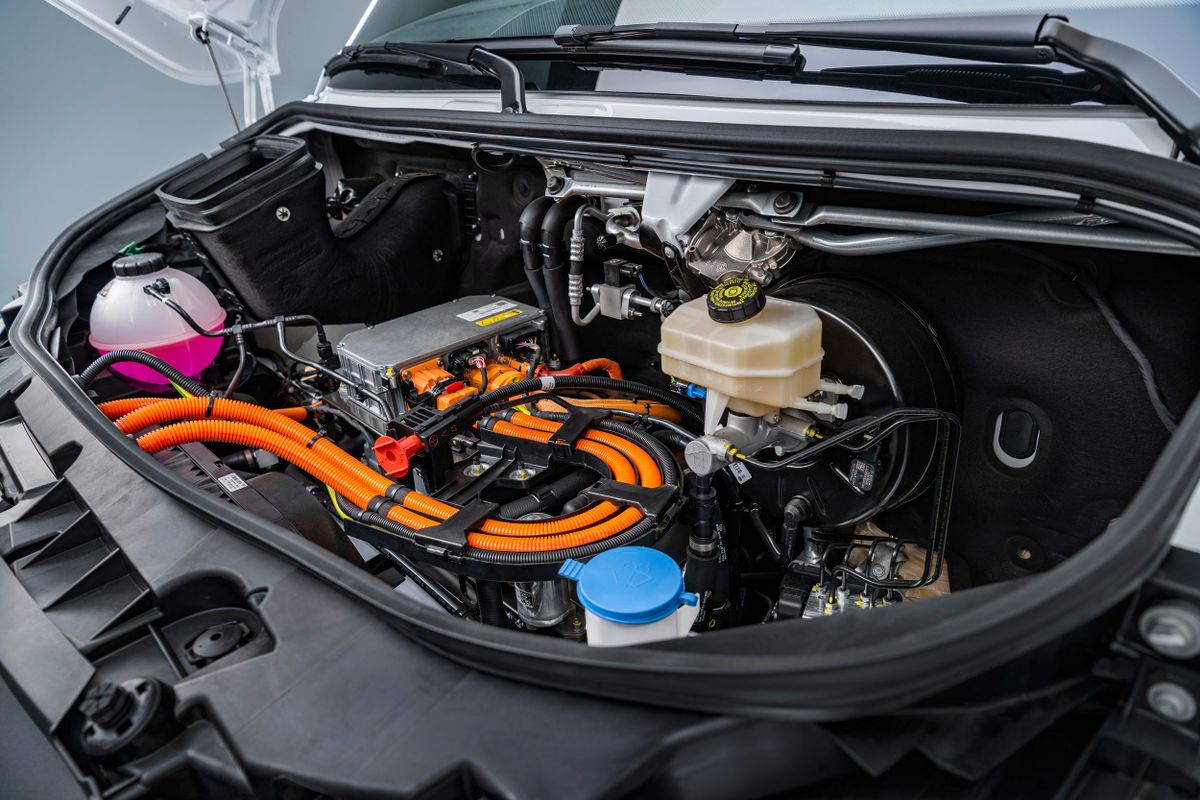
The new generation electric Sprinter if rear-wheel drive. The new electric motor, located on the rear axle, is lighter and more compact than its counterpart, and is available in two power options: 136 or 204 hp. One of the weaknesses of a commercial electric vehicle is the weight of the battery: on the one hand, you want to get a longer driving range, but this significantly reduces the payload, on the other hand, a small battery will allow you to load more weight, but will reduce the driving range. For this reason, Mercedes-Benz has made a wise decision: the new 2023 Mercedes-Benz e-Sprinter will receive three versions of the traction battery with 56, 81 or 113 kWh, so that the owner can decide what is more important for them, range or payload, and find the right balance.
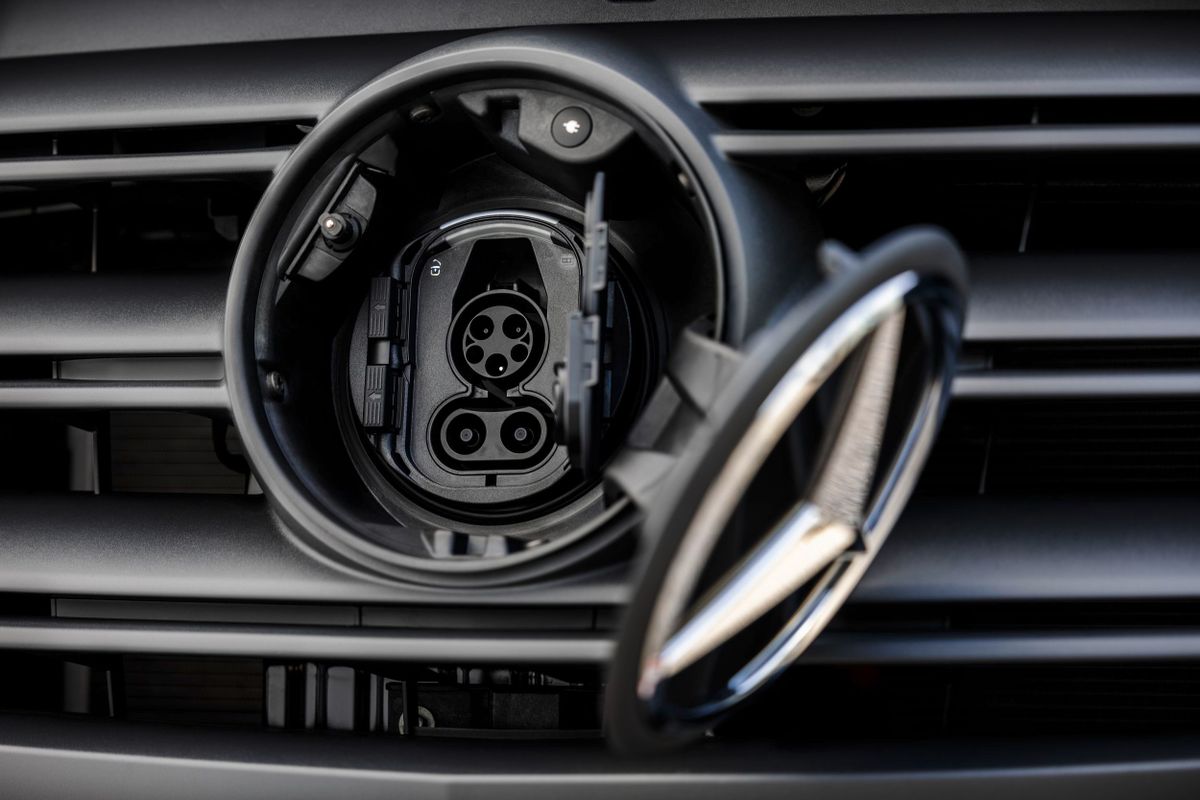
The maximum driving range will be more than 400 km. All batteries are of the LFP type, that is, lithium iron phosphate, they support fast charging and are more durable, able to go through many charge cycles without compromising battery life. The vehicle can be charged from an 11 kW AC charging station at home. It takes only 28 minutes (for the smallest battery) or 42 minutes (for the largest one) to recharge the battery from 10 to 80% using DC fast charging stations with up to 115 kW.
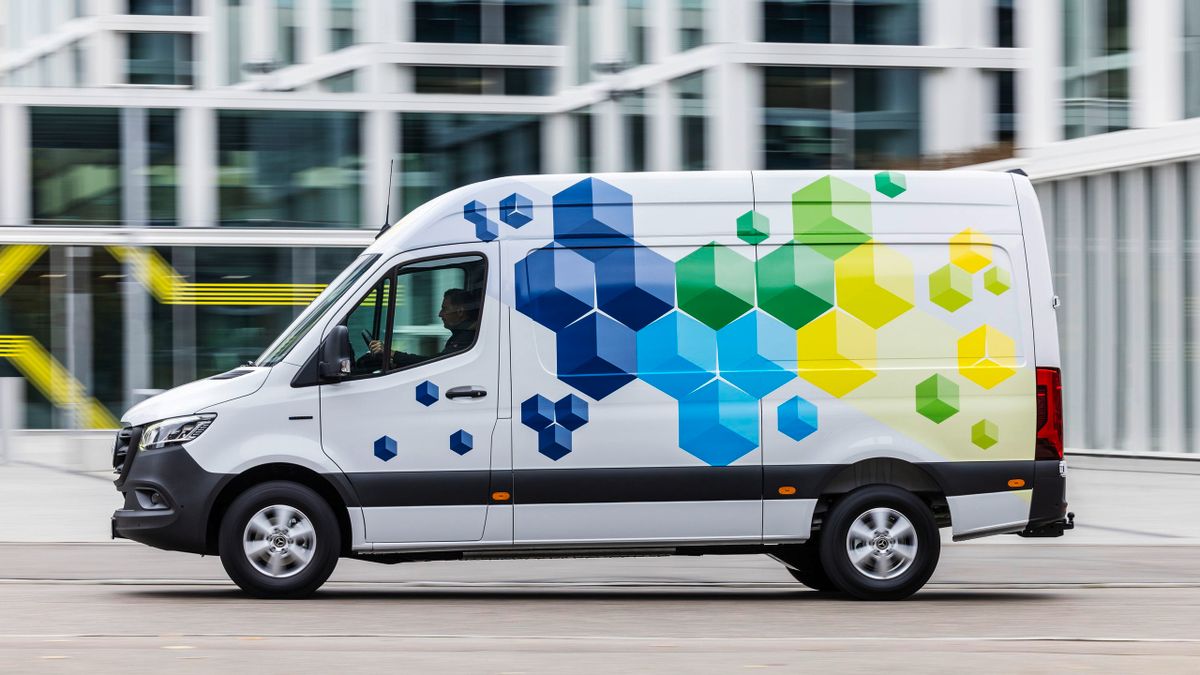
Mercedes-Benz has shown the capabilities of the updated eSprinter electric van in a test drive: a large van with a high roof was able to drive 475 kilometers on a single charge, while the battery was not completely discharged. The test drive was completed by the van with the largest battery. The van carried only 200 kg, while the maximum speed did not exceed 90 km/h and the average speed was 73.5 km/h. But even with these reservations, the consumption was 21.9 kWh per 100 km, which is an outstanding figure.

